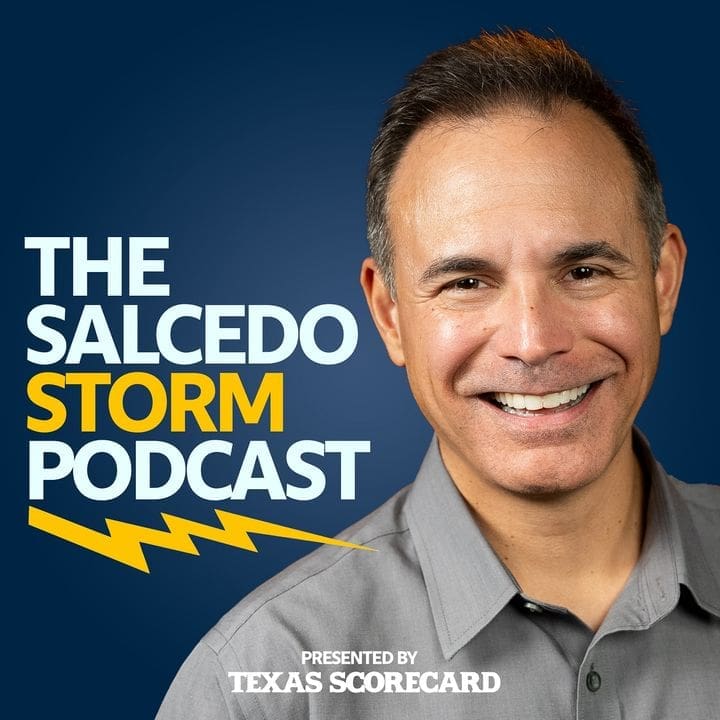A high school student told to quarantine after school officials determined the teenager had been in close contact with a schoolmate who tested positive for COVID-19 was not allowed to attend the virtual classes offered by the district, according to the student’s parent.
At the start of the 2020-21 school year, the Frisco Independent School District instituted two learning options: students could select either in-school or virtual lessons.
In early September, administrators at Frisco High privately informed a student who had opted for in-school classes that the teenager had had close contact with a coronavirus-infected classmate. The student, who appeared healthy and had no symptoms of the disease, would have to quarantine for 14 days. His identity has been withheld for privacy concerns.
But although the student was now essentially banned from campus and in-school classes, the parent said administrators refused to allow the teen to attend virtual classes. The student “was only given instructions to go into Canvas, the app that all students use to access assignments, and find his work.”
The parent contacted Frisco High School Principal Danny Barrentine to request virtual instruction for the child. “He said, ‘No.’ He said my child could speak with the teachers and they could be available for tutoring via Zoom, but it would have to be scheduled during their conference times or before/after school hours.”
“Temporarily attending a virtual course offered at another campus or by a non-team teacher is logistically problematic because while the lessons and assignments may be similar, they may not be identical because teachers are encouraged to meet the unique needs of their classes,” said Meghan Cone, FISD’s assistant communications director, via email.
“Transitioning a student to all Virtual Academy courses for the length of the quarantine period would require a whole new class schedule for only two weeks’ time, creating similar challenges as the student would move to new teachers for virtual classes and then back to his or her previous face-to-face teachers at the end of quarantine,” Cone added.
“In other words,” said a parent when informed of the ISD’s reasoning, “it’s just too complicated to meet the ‘unique needs’ of a quarantined student. It’s ridiculous and hypocritical.”
At any rate, the quarantining student’s two weeks at home turned into an academic nightmare, the teenager’s parent said.
The student “never had access to the classroom instruction needed in order to complete the assignments,” said the parent. “He had to figure it out or contact each teacher and set up virtual tutoring. To expect a kid who doesn’t do well in a virtual setting and chose face-to-face instruction to have to contact each teacher for virtual tutoring is crazy. It’s a setup for failure.”
The close-case student—who never tested positive for COVID-19—suffered a dramatic drop in grades during the quarantine, according to the parent. She says watching her child struggle, “a prisoner to a computer for 12 hours a day,” has been infuriating.
“This didn’t have to happen,” said the parent, noting close-contact students should receive more support, not less, from the school.
“It’s bad enough the teacher couldn’t follow a basic procedure with regard to desk distances,” said another parent, familiar with the case. “But the district rules need to err on the side of the students and guarantee them access to virtual classes.”
The parent also took administrators to task for ignoring the quarantine guidance issued by the Texas Education Agency, which notes not all “close cases” are equal.
“The ISD needs to rely on the best science. If masks are worn, the risk drops. Not every close-contact case is dire. This policy makes you wonder if these administrators could pass a probability class.”
This is a commentary republished with the author’s permission. If you wish to submit a commentary to Texas Scorecard, please submit your article to submission@texasscorecard.com.




